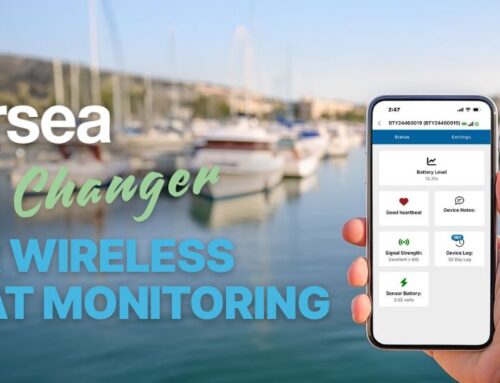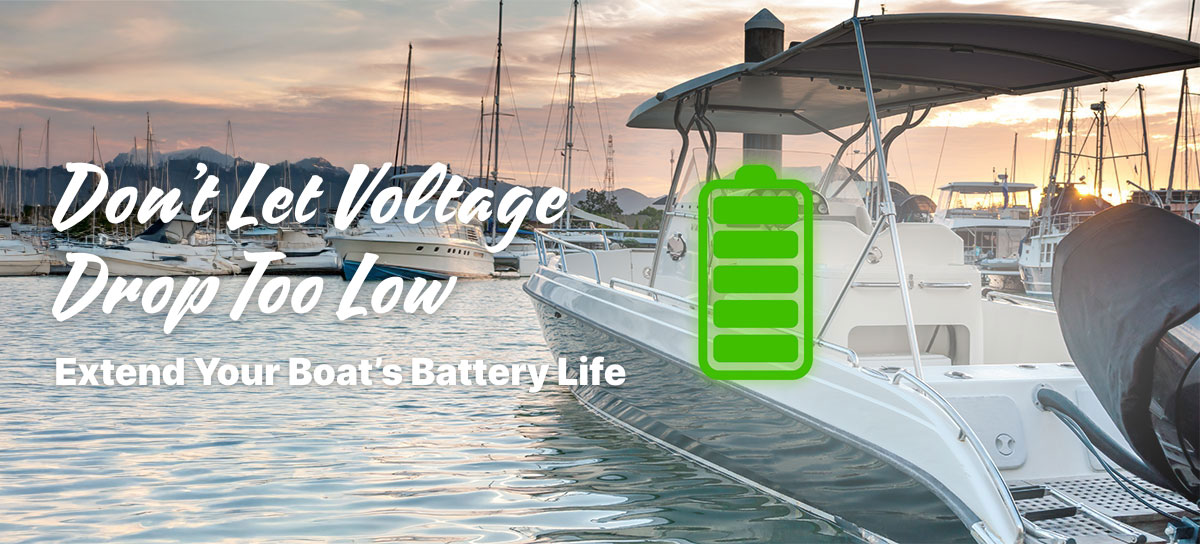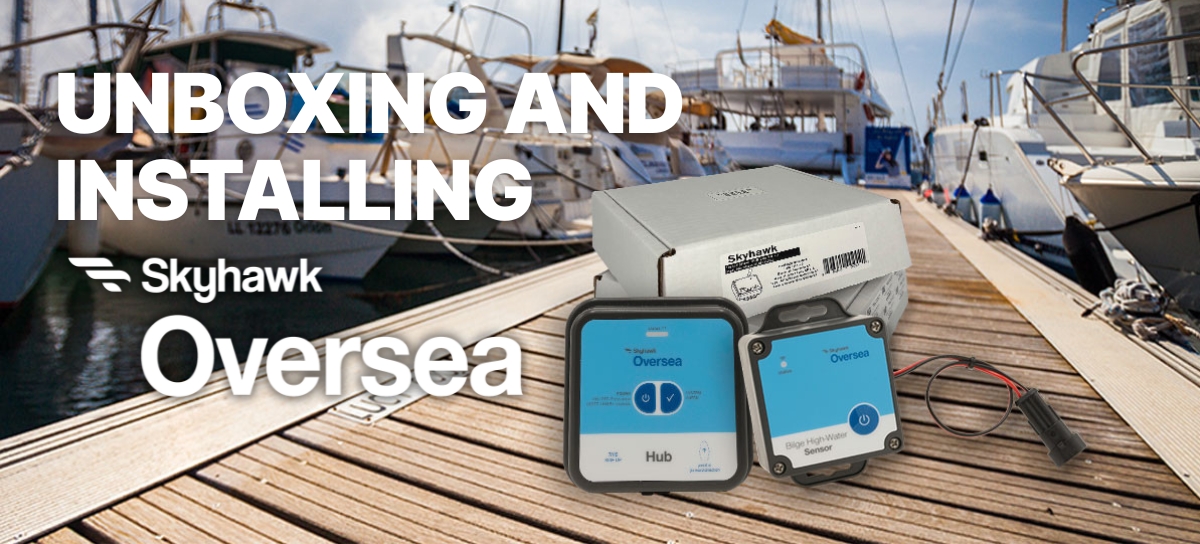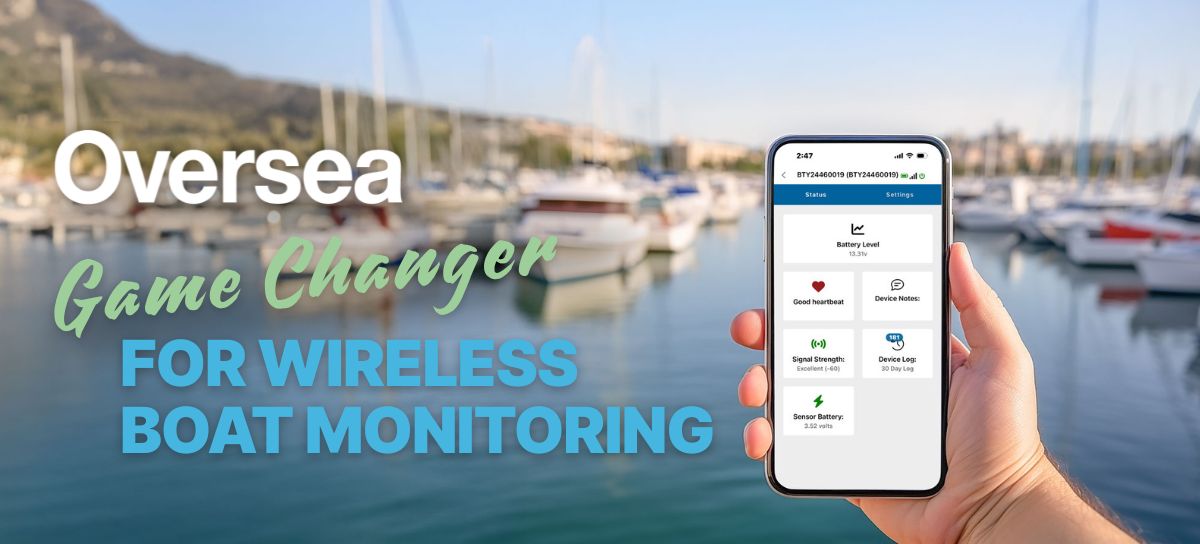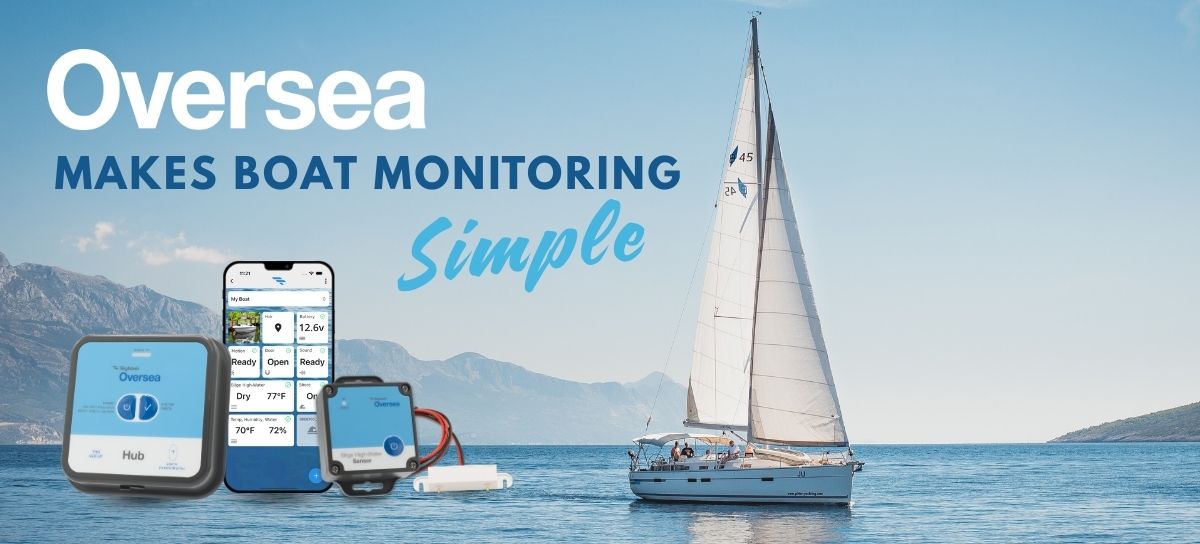
Use Common Sense and Technology to Protect Your Boat’s Assets
Use Common Sense and Technology to Protect Your Boat’s Assets
Like many property crimes, boat theft and boat burglaries have been on the rise across the country in recent years. Boats make appealing targets for thieves for a range of reasons. They are often equipped with expensive gear, sometimes left out in the open for anyone to see. And much of this gear, including VHF radios and Multifunction Devices (MFDs), fishing tackle, foul weather gear, safety equipment and the like are easy items for thieves to quickly sell online for a quick buck.
Theft rings have cropped up focusing on stealing high-horsepower outboard motors — some of which cost $30,000 a piece — off the backs of boats. Stainless propellers retail for $500 and up and can be removed in seconds with nothing more than large socket wrench.
Out of Sight, Out of Luck? Not Necessarily…
Perhaps the greatest temptation for opportunistic crooks is the fact that boats are often left alone for long periods of time. Whether parked on a trailer in a storage yard or driveway or tied up in a marina, most boats sit idle 99% of the time. The owner is often nowhere around, and thieves know this.
While this might sound like a hopeless scenario, using some common sense — along with new electronic monitoring technologies — will help boaters protect their valuable boats, equipment, and gear.
Boat thefts are often crimes of opportunity, so it’s the owner’s job to lessen that opportunity. This means putting up as many obstacles as possible between potential thieves and your property. Think of this as “layers” of protection — and the more layers you have, the better.
So, what are best ways to reduce my chances of being a boat theft victim?
Remove the Gear That You Can
Don’t leave anything visible on the boat that you wouldn’t want stolen. Things like bracket-mounted electronics can quickly be disconnected and carried off, as can any fishing rods, tackle boxes, gaffs, nets, and other items.
If you have a place onboard to lock these things up out of sight, do so. If not, take them home with you. Or if you keep your boat outside of your home, take these items inside. It may seem an inconvenience, but it’s nothing compared to the inconvenience of showing up to go fishing and finding your stuff gone.
Consider a Boat Cover
One of the easiest things boaters can do to reduce the chances of theft is to invest in a snug fitting canvas boat cover and use it anytime they’re going to be away from the boat. “Out of sight, out of mind” holds true for “casual” boat thieves — those who see something they want in the open and just can’t resist temptation. The simple act of having your electronics and fishing gear hidden from view can make other targets on the dock or storage yard more appealing.
In addition, removing a snapped on and/or tied-down cover is another risky, time-consuming step thieves must take to access your property, providing an additional layer of deterrence.
Lock It Down
There are a wide variety of locks available to help secure one’s boat, motor, and other gear to reduce your chance of becoming a victim of theft.
For trailered boats, the very least you should have is a hitch lock that prevents the trailer’s coupler device from being accessed. Determined thieves, however, will sometimes just wrap a chain around the trailer frame and drag it away with a tow vehicle, so it’s also a good idea to prevent the trailer from rolling. This can be done by using available “boot type” wheel locks that immobilize the trailer. You can also prevent trailer movement by running a heavy security chain through the wheel and around the trailer frame and securing it with a heavy padlock.
For boats in marinas, there are lock devices that prevent the outboard motor from being turned, making it so the boat can’t be driven away. There are also special mounting nuts that replace the standard ones on stern drive lower units or outboard motors, that prevent them from being unbolted from the transom. These nuts feature a free-spinning collar that turns if attacked by gripping tools without first undoing the lock. There are also propeller locks that replace the main prop nut with a special nut that must be unlocked before removing.
Start Monitoring Your Boat in Real Time
Electronic monitoring systems for boats have been around for a few years, but have been difficult to install, difficult to deploy, limited in power lifetime and expensive. Fortunately, there has been much development of late in practical, affordable boat monitoring and security technology.
The Skyhawk Oversea Boat Monitoring System, is your solution. The Hub provides location tracking services, so you can be instantly alerted if your boat is moving or turning when it shouldn’t be, and automatically start tracking the boat’s location on a minute-by-minute basis using the companion Oversea mobile app. The Hub also acts as the network gateway for a wide array of Oversea sensors, several of which are used primarily to protect your boat from theft.
The Oversea Entry Sensor detects when hatches or cabinets and other entry points into and within your boat are opened, sending an alert in real time to you and others on the alert list.
The Oversea Motion Sensors uses passive infrared to detect when people or other warm bodied animals are on your boat, and sends out an alert. Properly placed, this sensor can be used to detect motion on the boat, as well as in the boat.
Other Oversea sensors track your battery voltage, monitor bilge pump operation, listen for sound alarms, check your shore power and to warn against high water in the bilge. So while enhanced security for both your boat and your boat’s assets are a key benefit from using boat monitoring systems like Oversea, there are many other benefits in terms of boat safety and readiness.
A Different Approach to Monitoring
As mentioned above, monitoring systems have traditionally been expensive and complicated. With Oversea, Skyhawk has found a way to provide 24/7 protection without draining the boat’s batteries. Plus, it’s simple for anybody to install on any boat. These differences helped Oversea to win the National Marine Manufacturer’s Association (NMMA) 2024 Innovation Award for Consumer Electronics and Mobile Apps and a 2024 Top Products Award from Boating Industry Magazine.
If you’re familiar with other boat monitoring systems, there are a few other critical differences which make Oversea the best monitoring system for your boats.
- Oversea is the only boat monitoring system which runs entirely on its own power, meaning you can place the Hub anywhere in the boat, out of sight. More advanced boat theft rings are experienced with monitoring equipment as well and go to the battery compartment first to disconnect any monitoring gateways, since that’s where you can find all other monitors.
- Oversea monitoring is harder to detect by thieves using RF scanners. Without going into too much technical detail, the way in which the Oversea Hub connects to sensors and the cloud is unique and hard to “listen” for. So, for thieves checking for monitoring equipment with a scanner, Oversea will be harder to detect, if they can detect it at all.
- Both the Hub and Oversea Sensors last for years on their internal batteries, so they won’t run out of power in either your active boating season or the off-season. Other monitoring systems rely on the boat battery and have limited backup power. A dead monitoring system is no protection at all.
The More You Do, the Safer Your Boat Will Be
You get the general idea — the more obstacles you can put in thieves’ way, the more protected you’ll be. That’s not to say that any security is 100% foolproof. In fact, if a crook is professional, determined, and well-equipped enough….well, that’s what we have insurance for.
Most times, however, this is not the case. Most thefts occur because the victim’s boat provided a “soft target.”
Don’t be “that guy” — defend your valuable boat and property with common sense and today’s technology.



